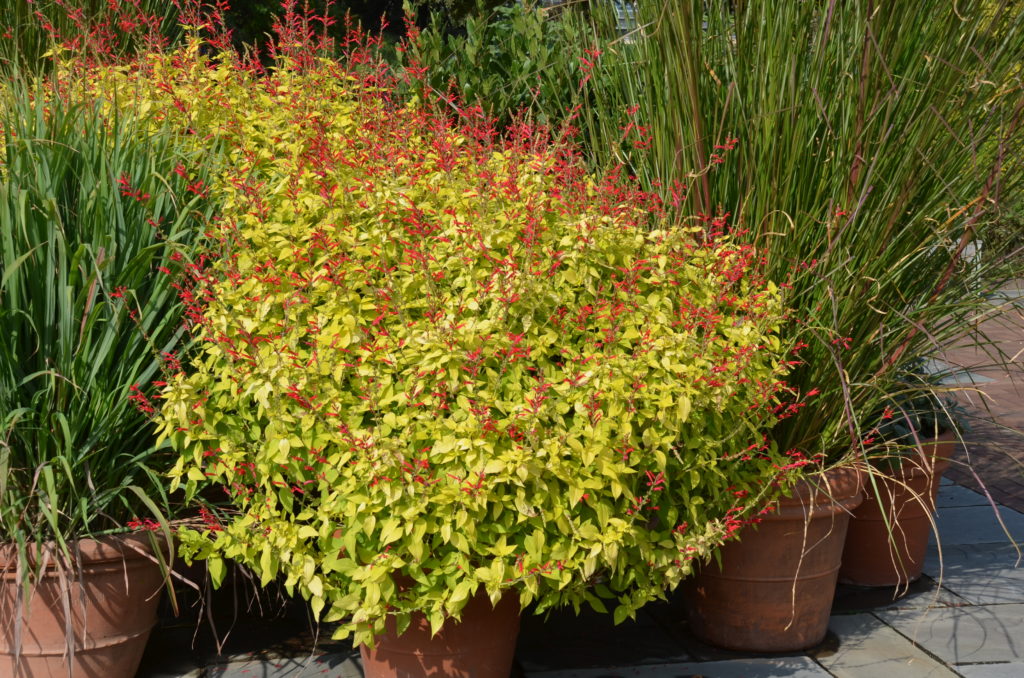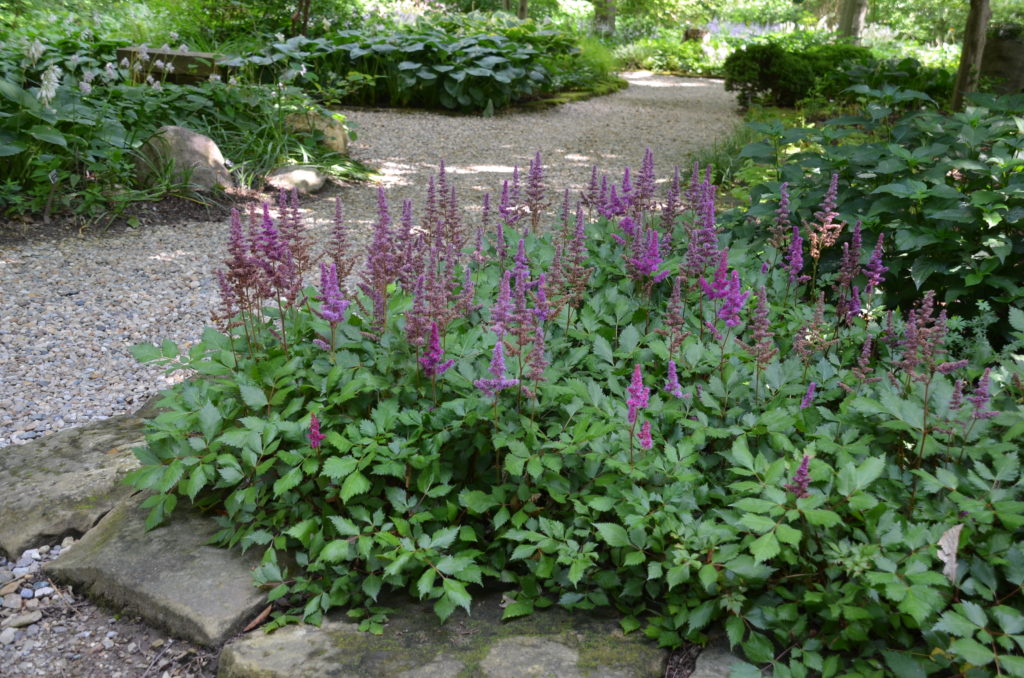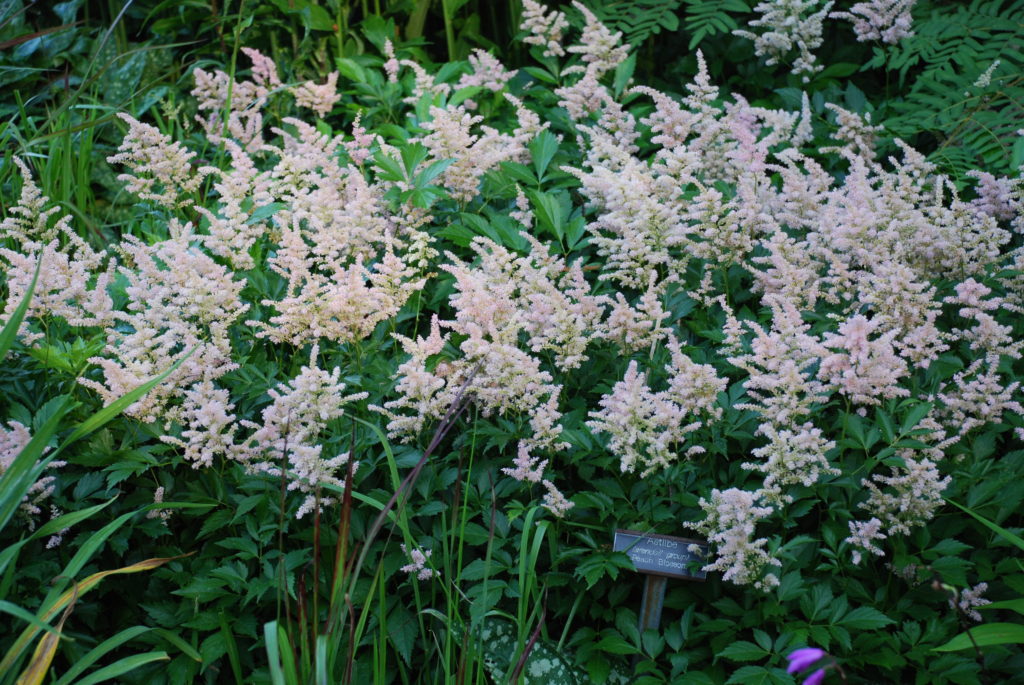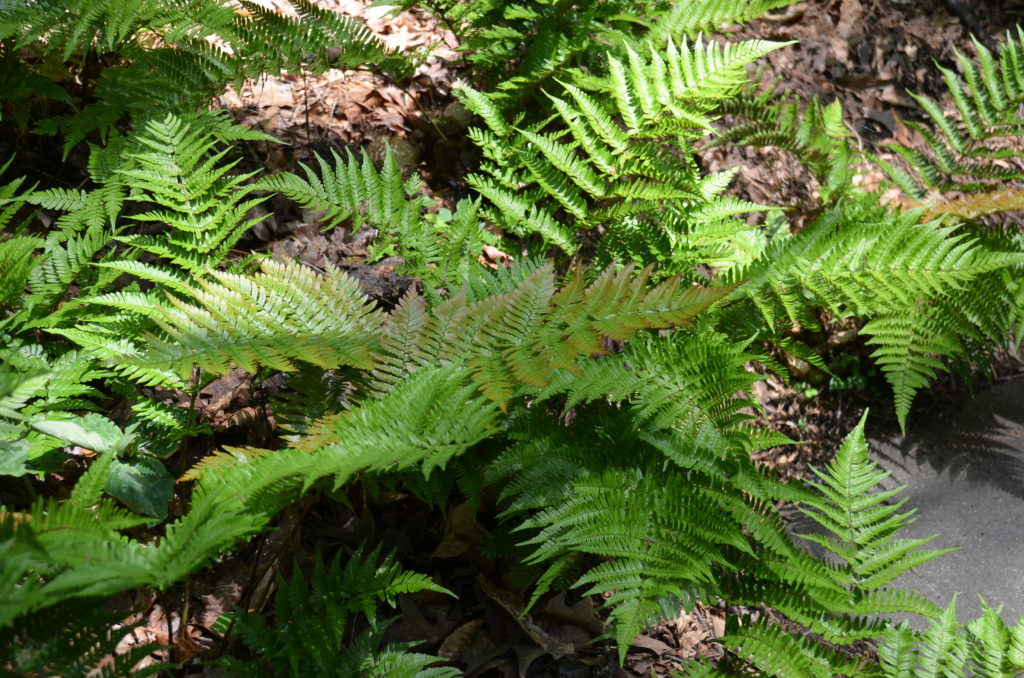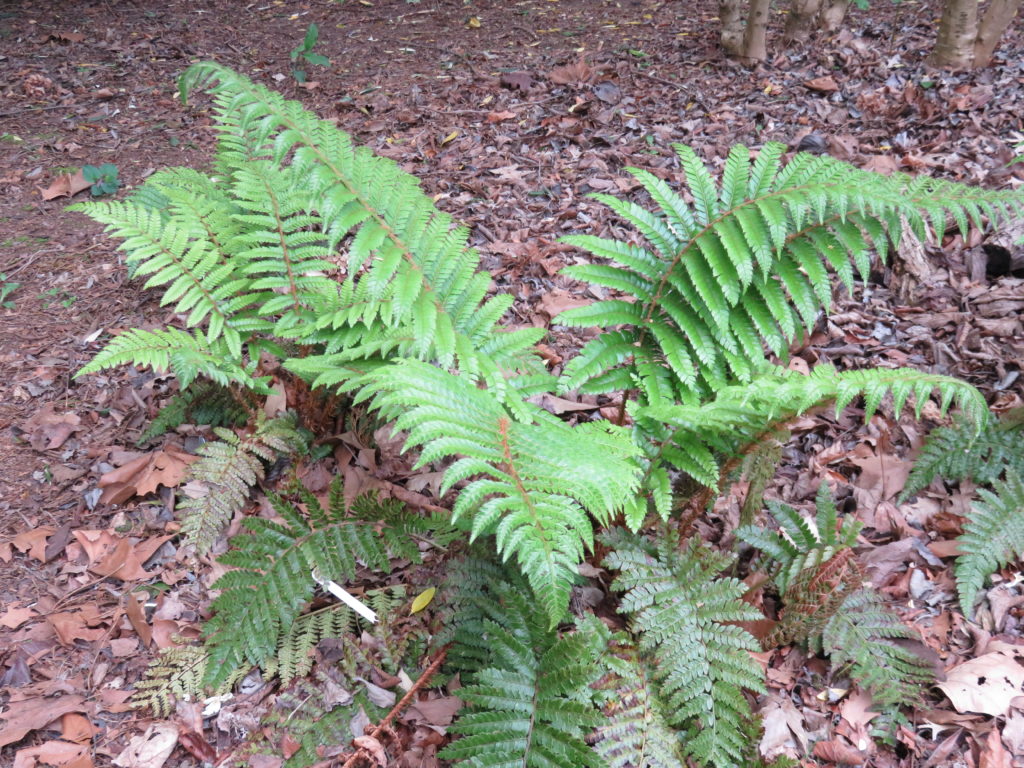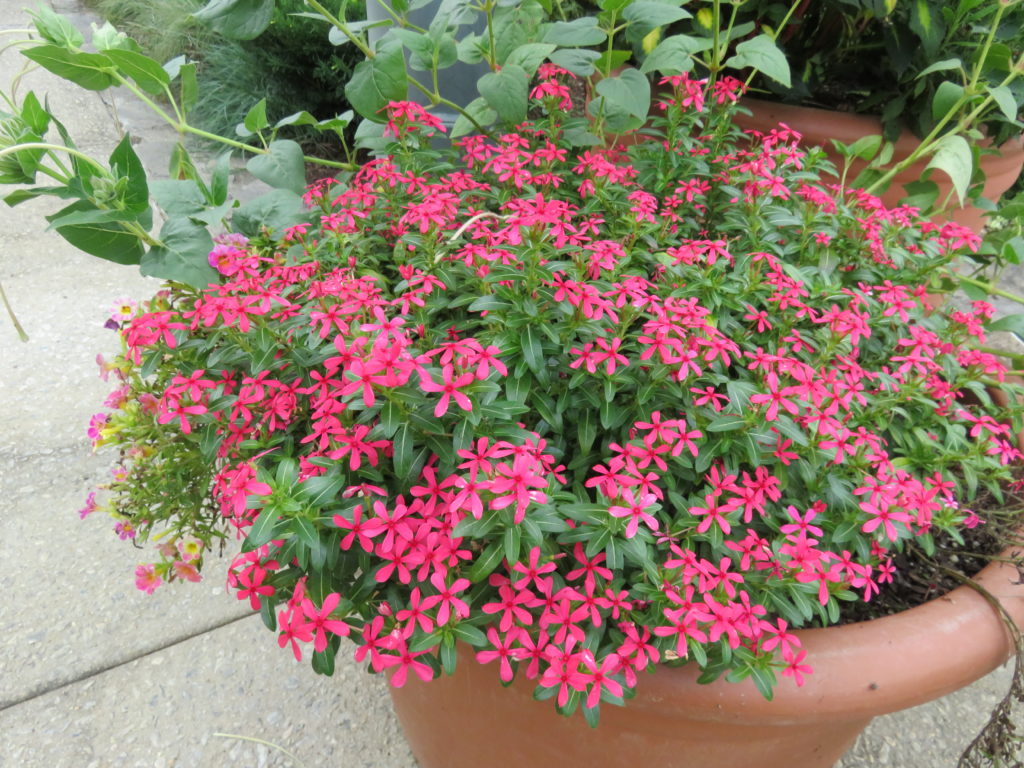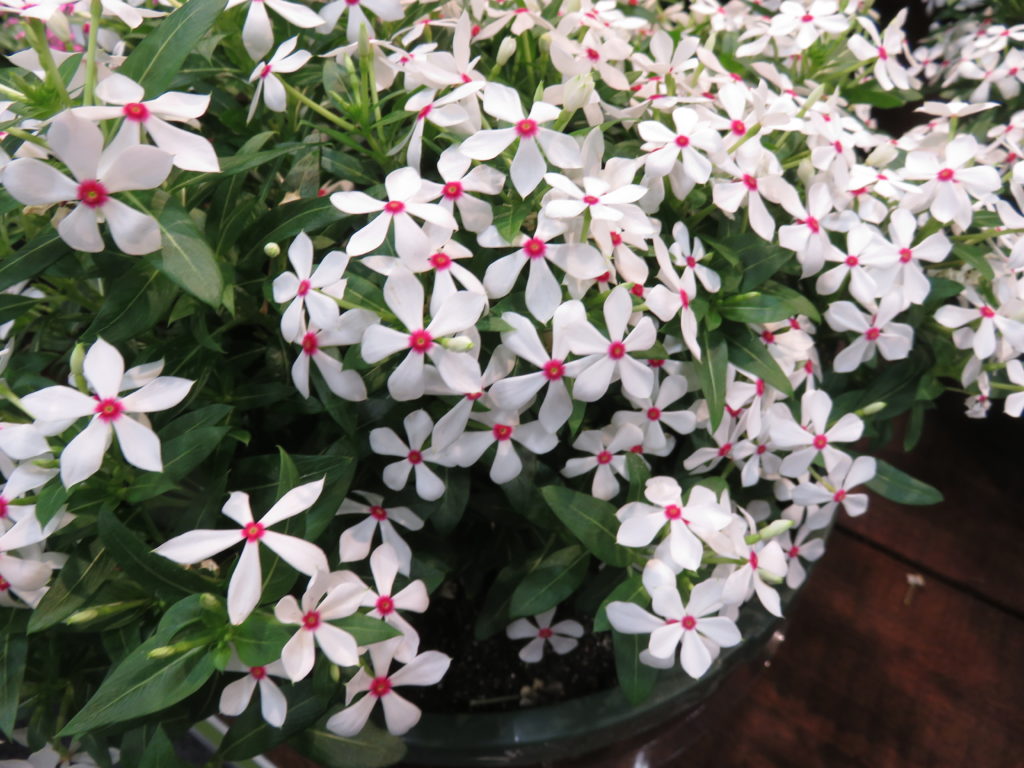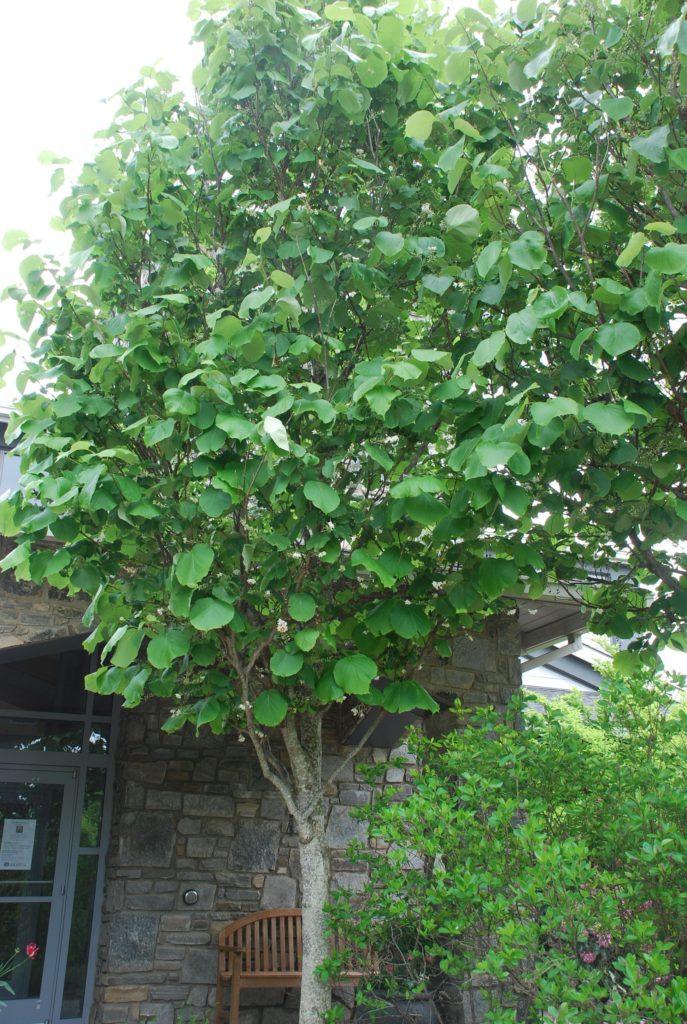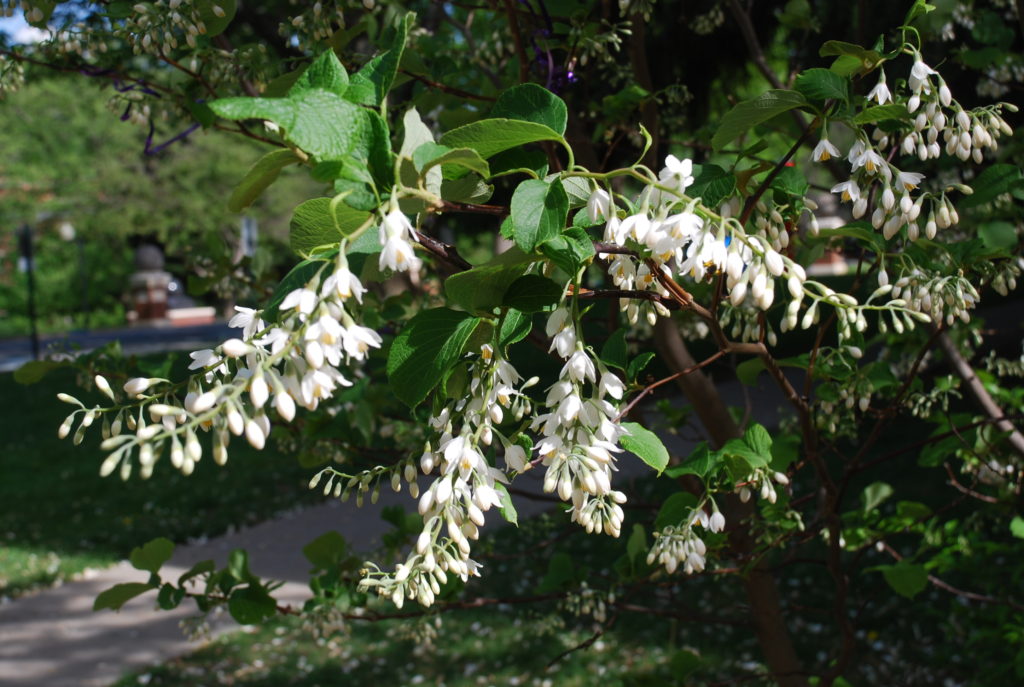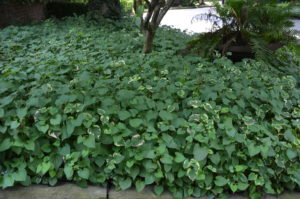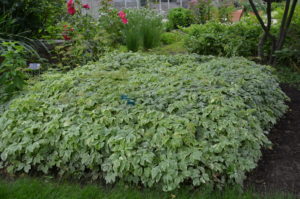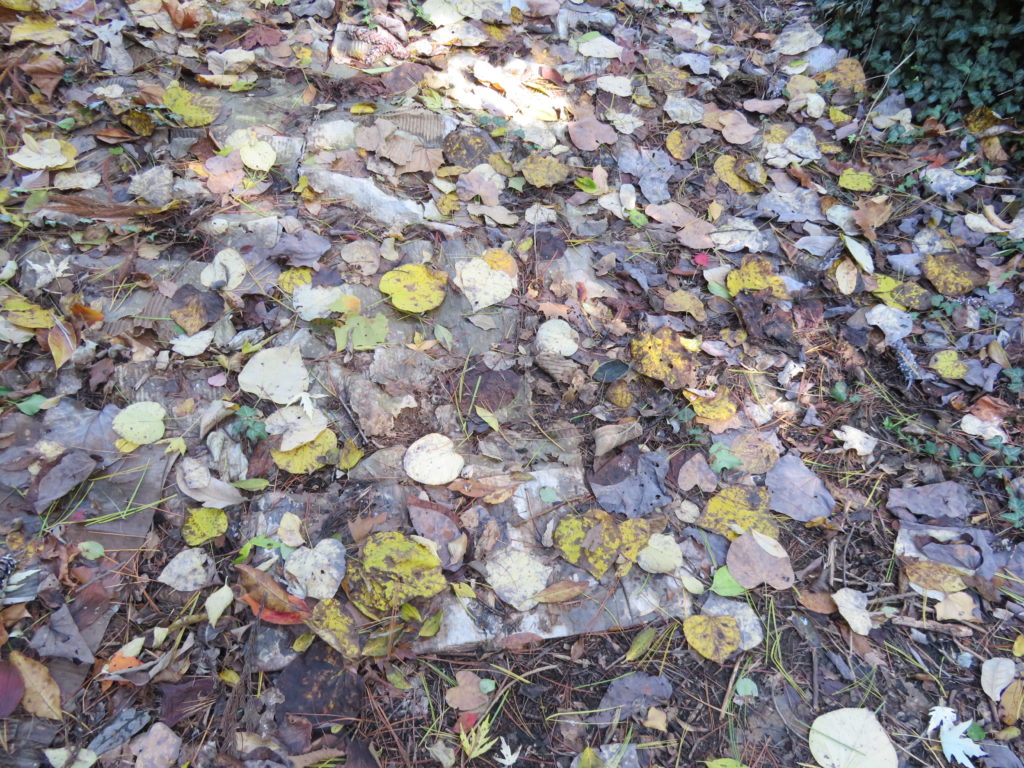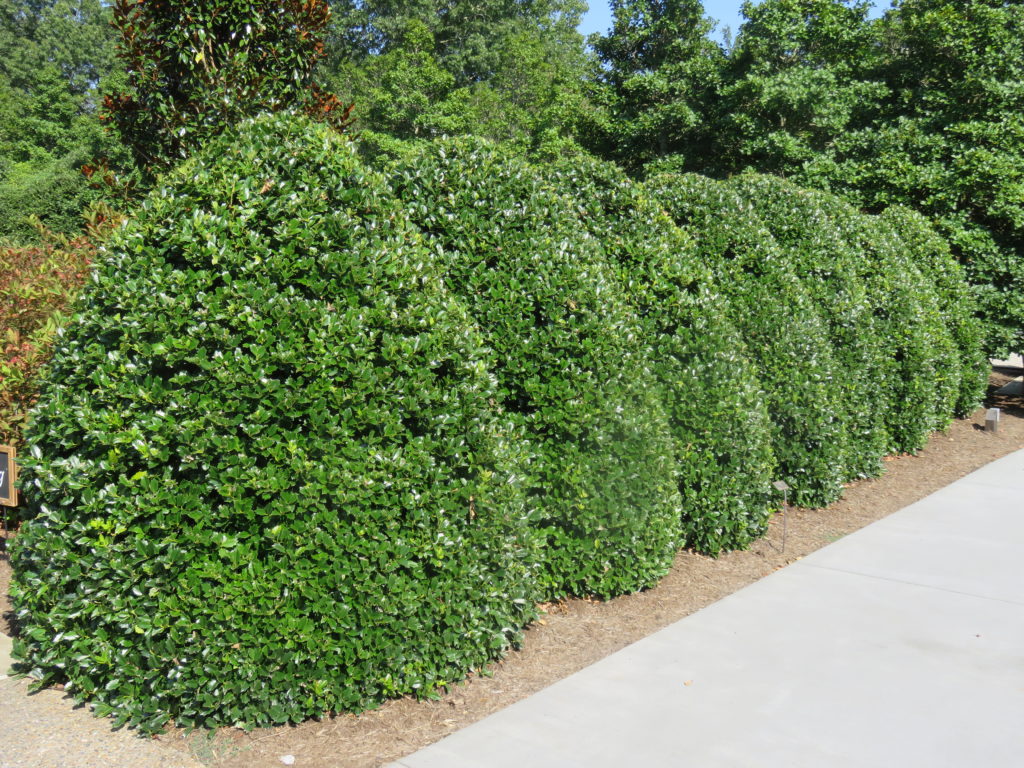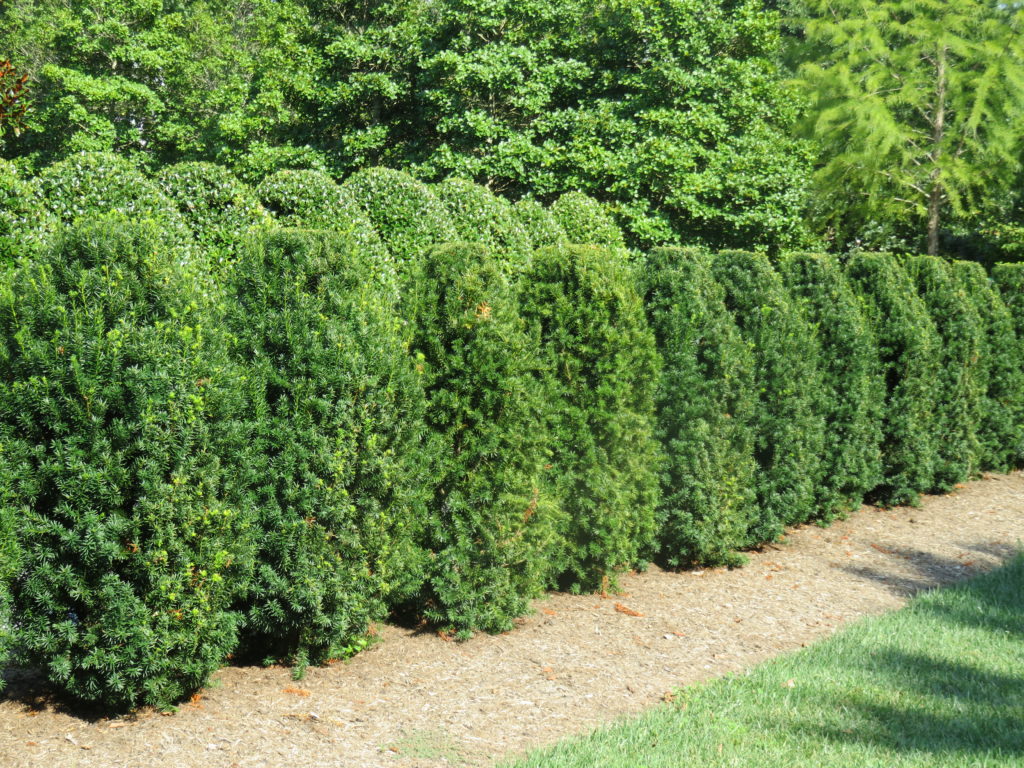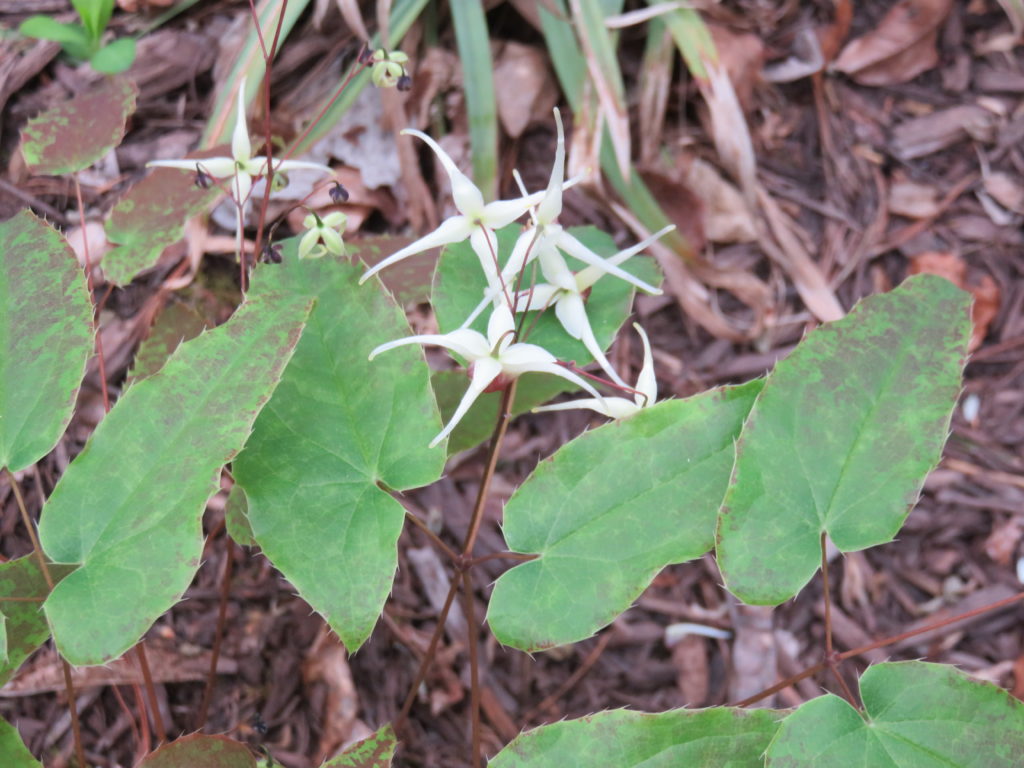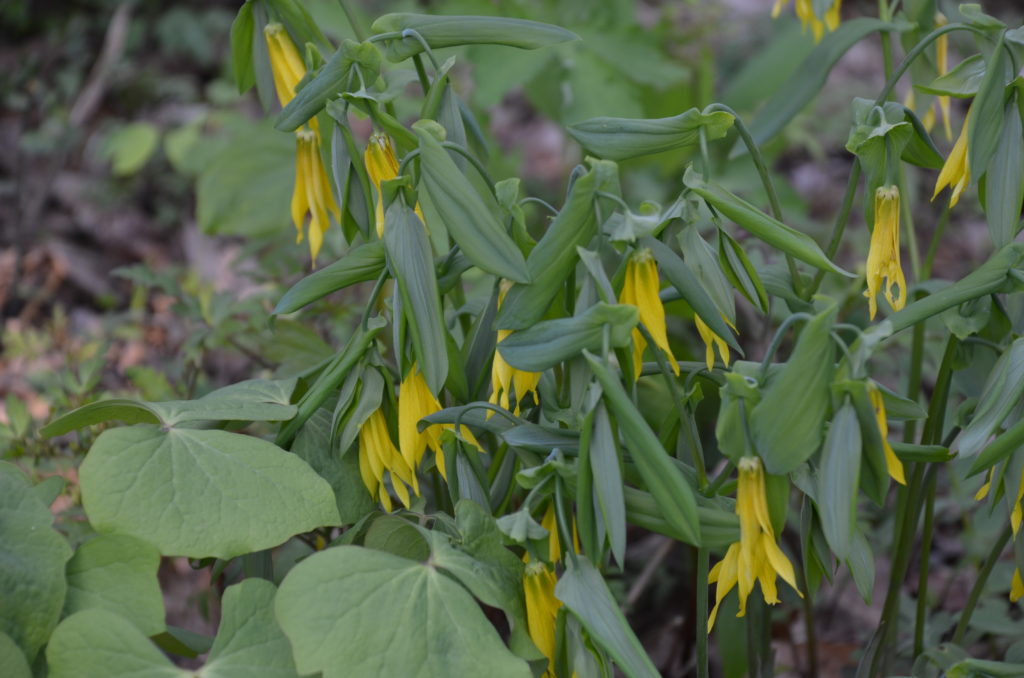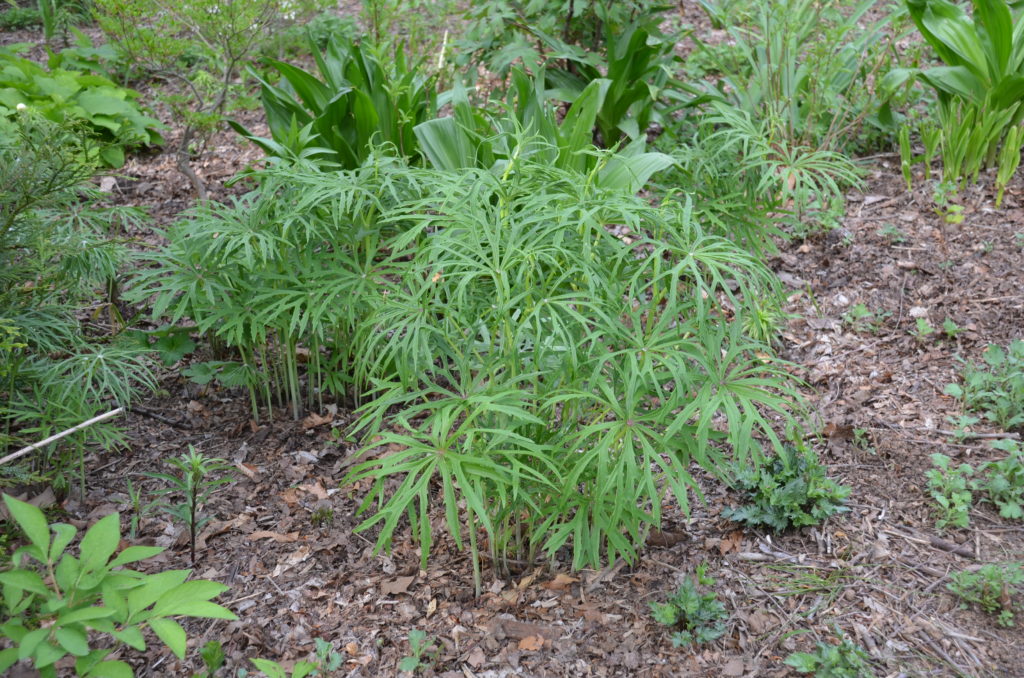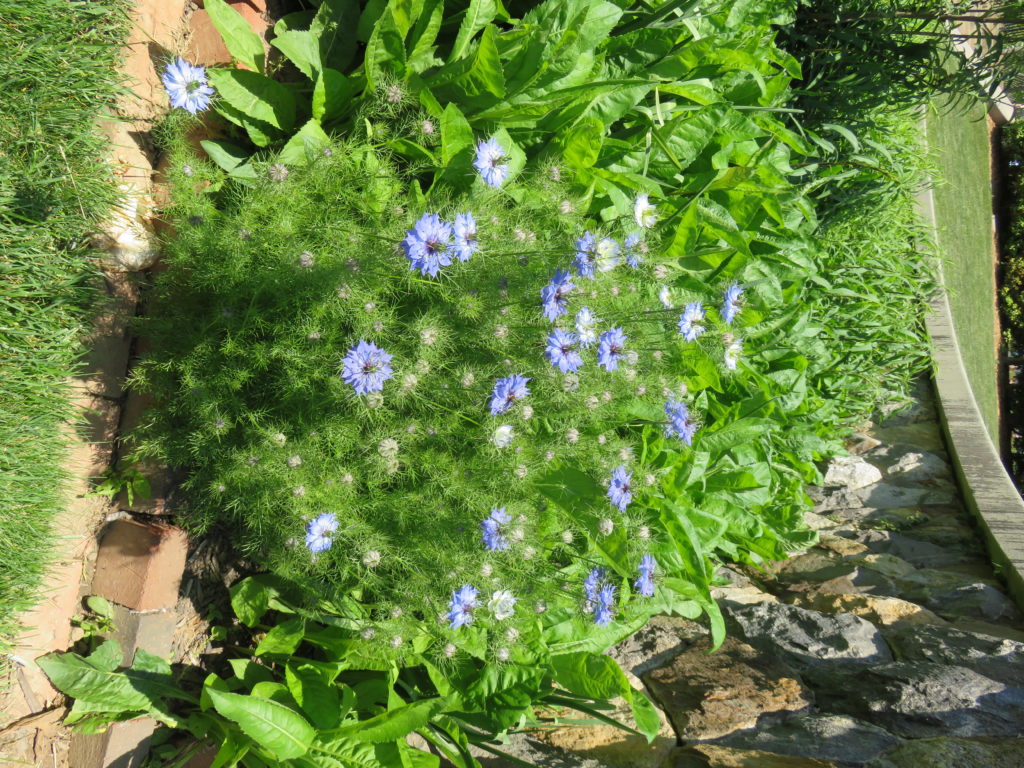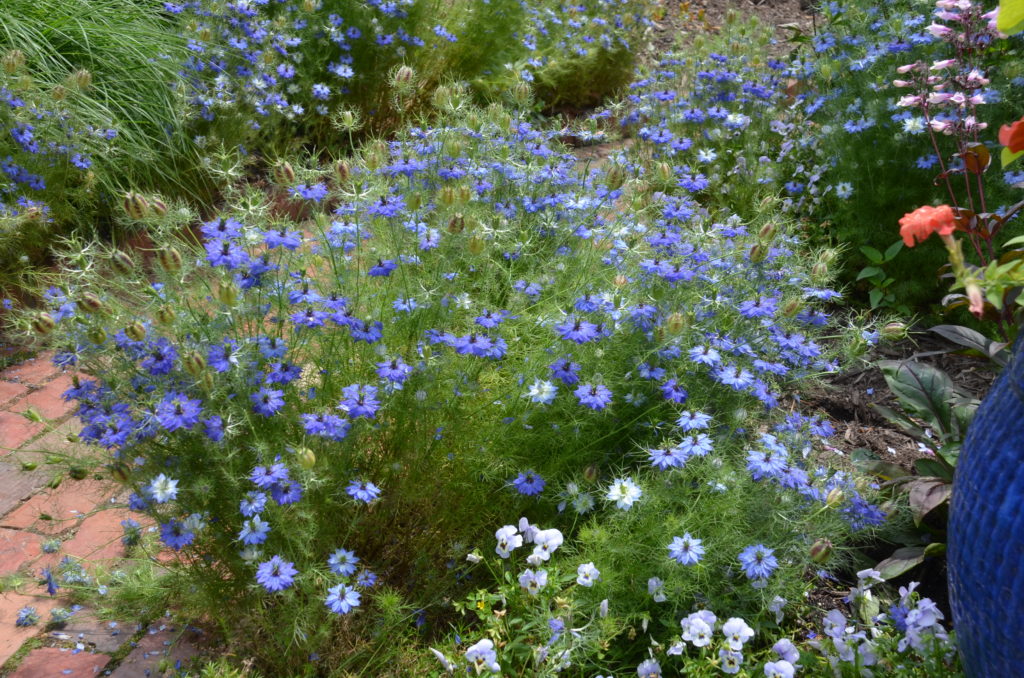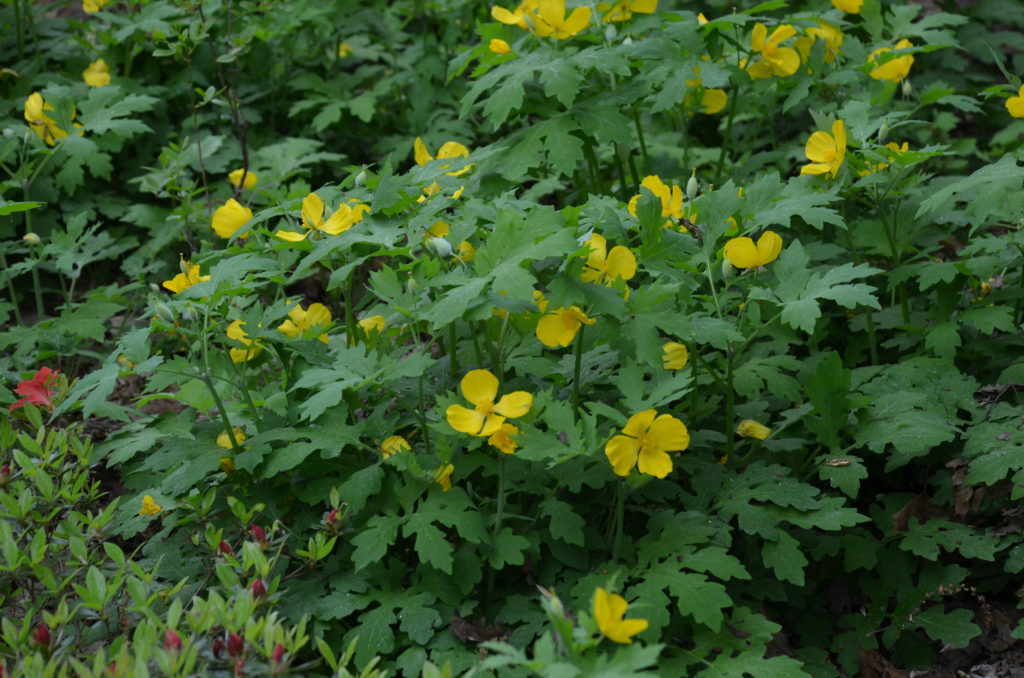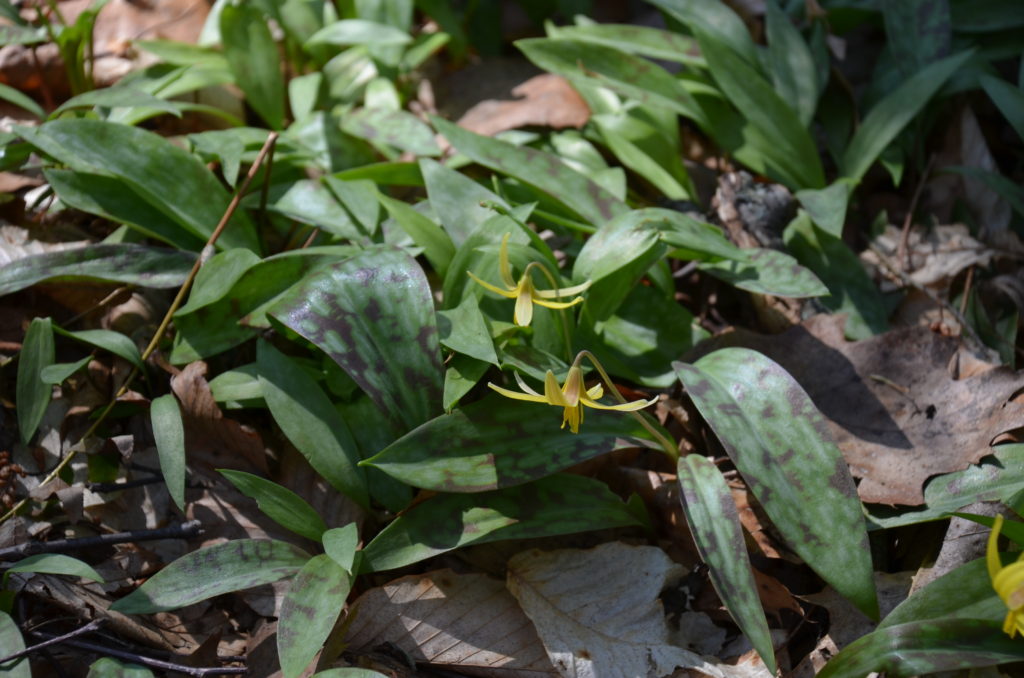I spend spring, summer, and fall months visiting public gardens mostly in the eastern and southeast U.S. (Ohio/Pennsylvania south to Florida with camera in hand). I get ideas of new flowers to plant in my garden next year. Here are five flowering annuals that caught my attention.
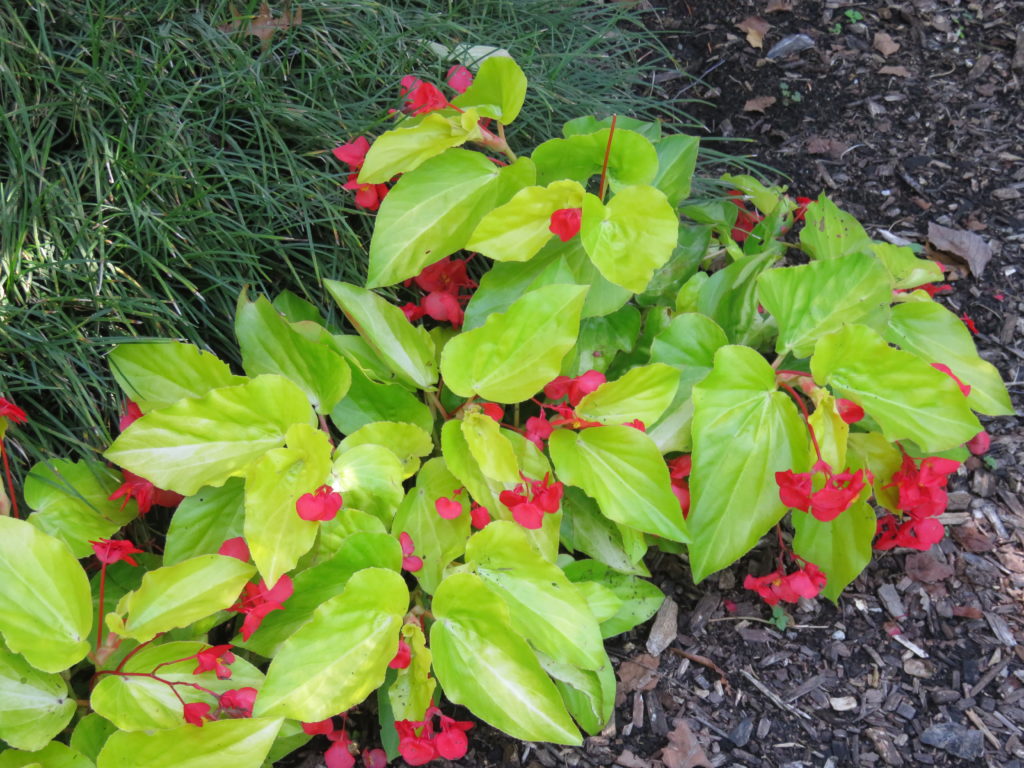
Begonia ‘Canary Wing’ – this golden leaf plant along with bright red flowers lights up any shady patch in your garden. Canary Wing is a upright/mounded begonia with golden-to-chartreuse leaves and bright salmon red flowers. Leaf scorching, curling, and/or reddening of the foliage is a sign that ‘Canary Wing’ is receiving too much light.
Catharanthus (Vinca) ‘Kawaii Soiree’ bloom non-stop from spring planting to first frost in autumn. These compact growing annual vincas grow 6-10 inches tall and 12-18 inches wide and perform best in well-drained, humus-rich garden soils or in containers. Six colors in these compact growing vincas are available and more colors are coming: white, pink, coral, lavender, peppermint, red, and light purple. In general, vincas despise cool wet soils.
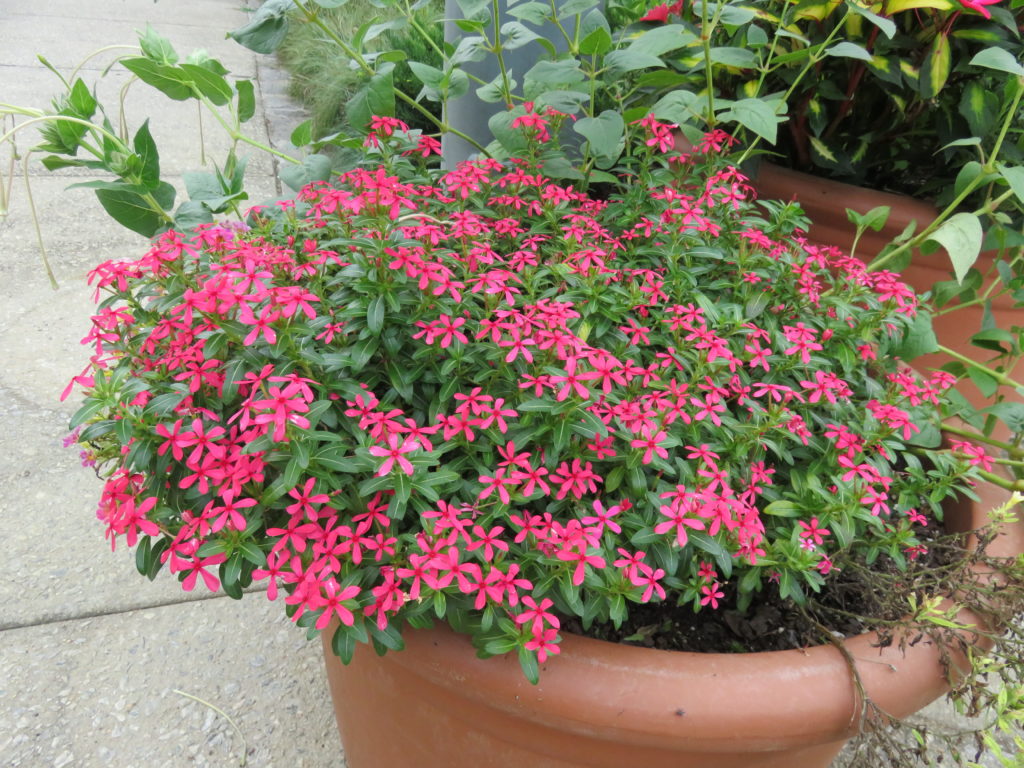
Gomphrena ‘Truffula™ Pink’ bloom nonstop from the first day after planting and fill their spot in the garden with a hot pink flowers until hard frost. Truffula™ Pink performs best in hot, humid climates where it blooms all season long. Approximately 22-26 inches tall and wide, the blooms make ideal cut-flowers with a long vase life.
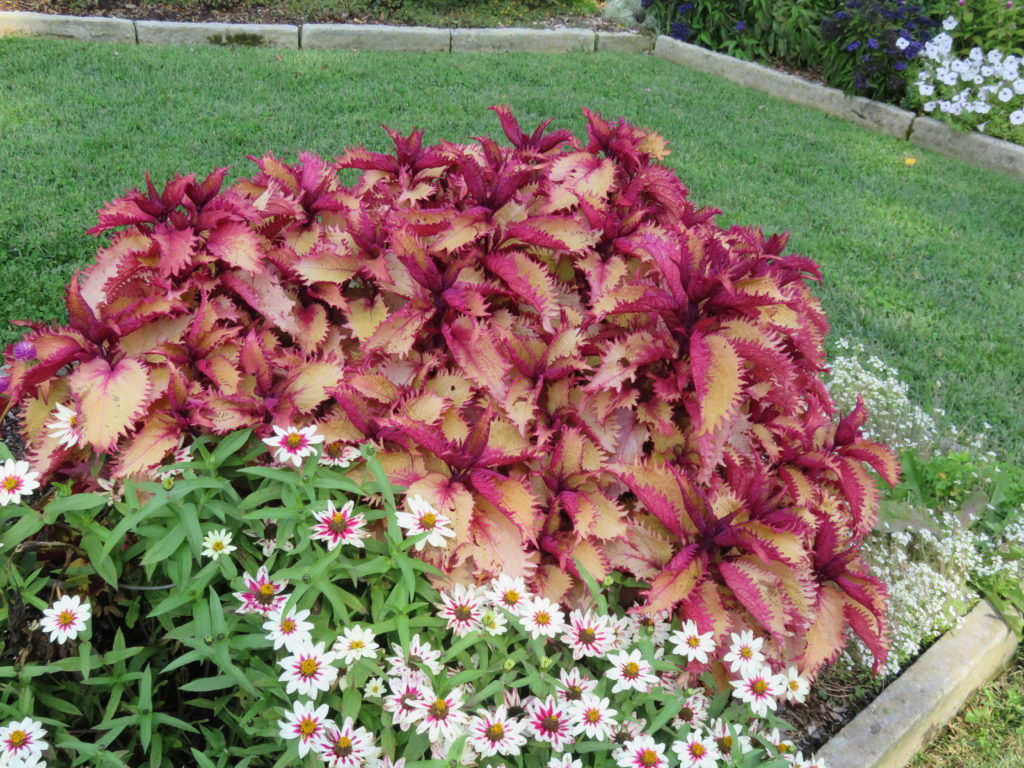
Henna Coleus (Plectranthus scutellarioides ‘Balcenna’) is noted for its serrated foliage. This tender perennial boasting chartreuse to copper-pink leaves complemented by dark burgundy undersides. attractively toothed, chartreuse to copper foliage. Grows 14-28 inches high.
Rockin’™ Golden Delicious (Salvia elegans) – grown for its great yellow-green (chartreuse) foliage. Grows 12-24 inches high and 15-30 inches wide. The more sun the foliage receives, the brighter the chartreuse color. Leaves may sunburn in very high light. In areas with strong sun this plant may benefit from afternoon shade. In northern areas it is valued as a foliage plant only. Red flowers arrive in late summer in zones 6 and points south. It is exceptionally heat and humidity tolerant and reliably hardy in the southeast U.S. (Zones 8-11). Golden Delicious is resistant to downy mildew resistant.
